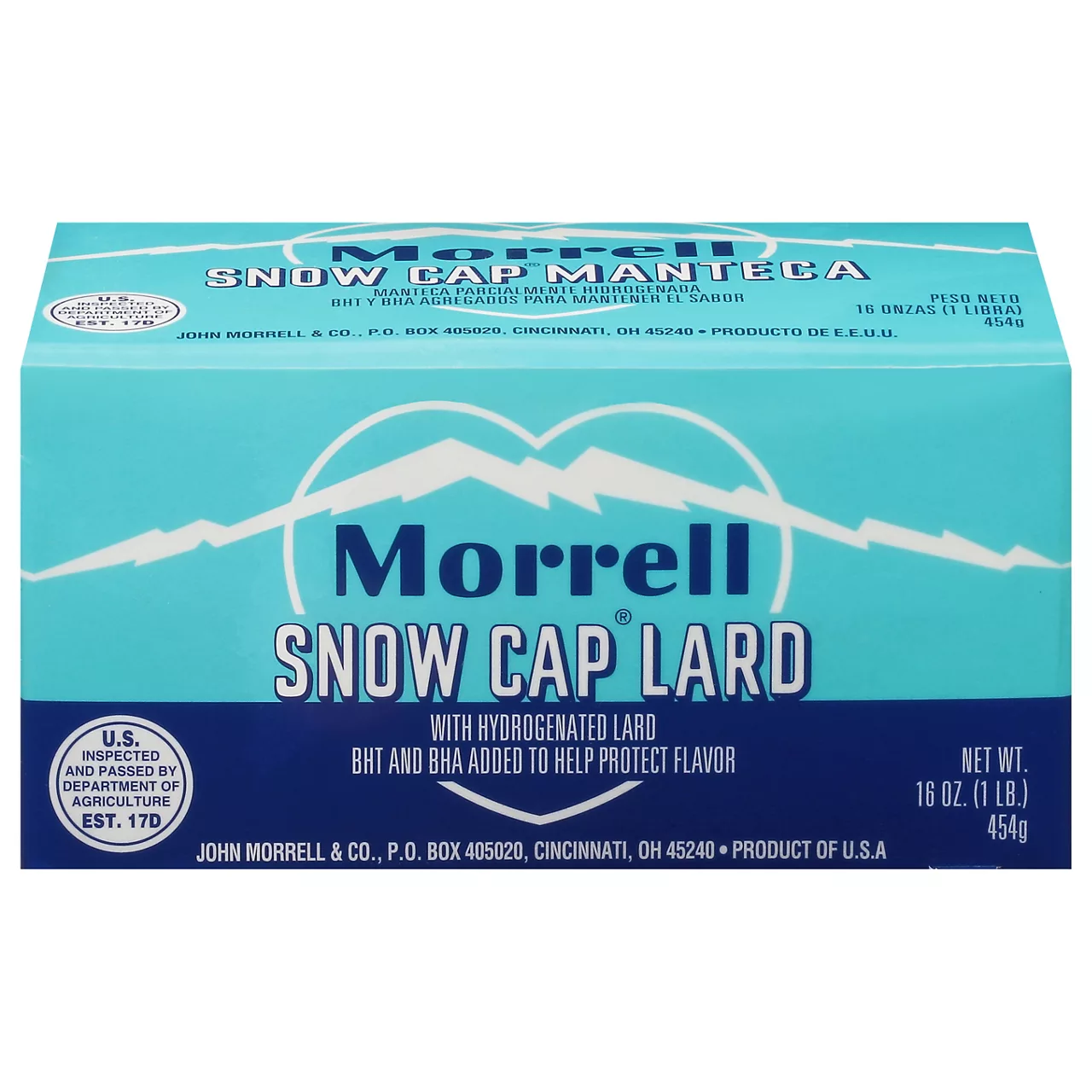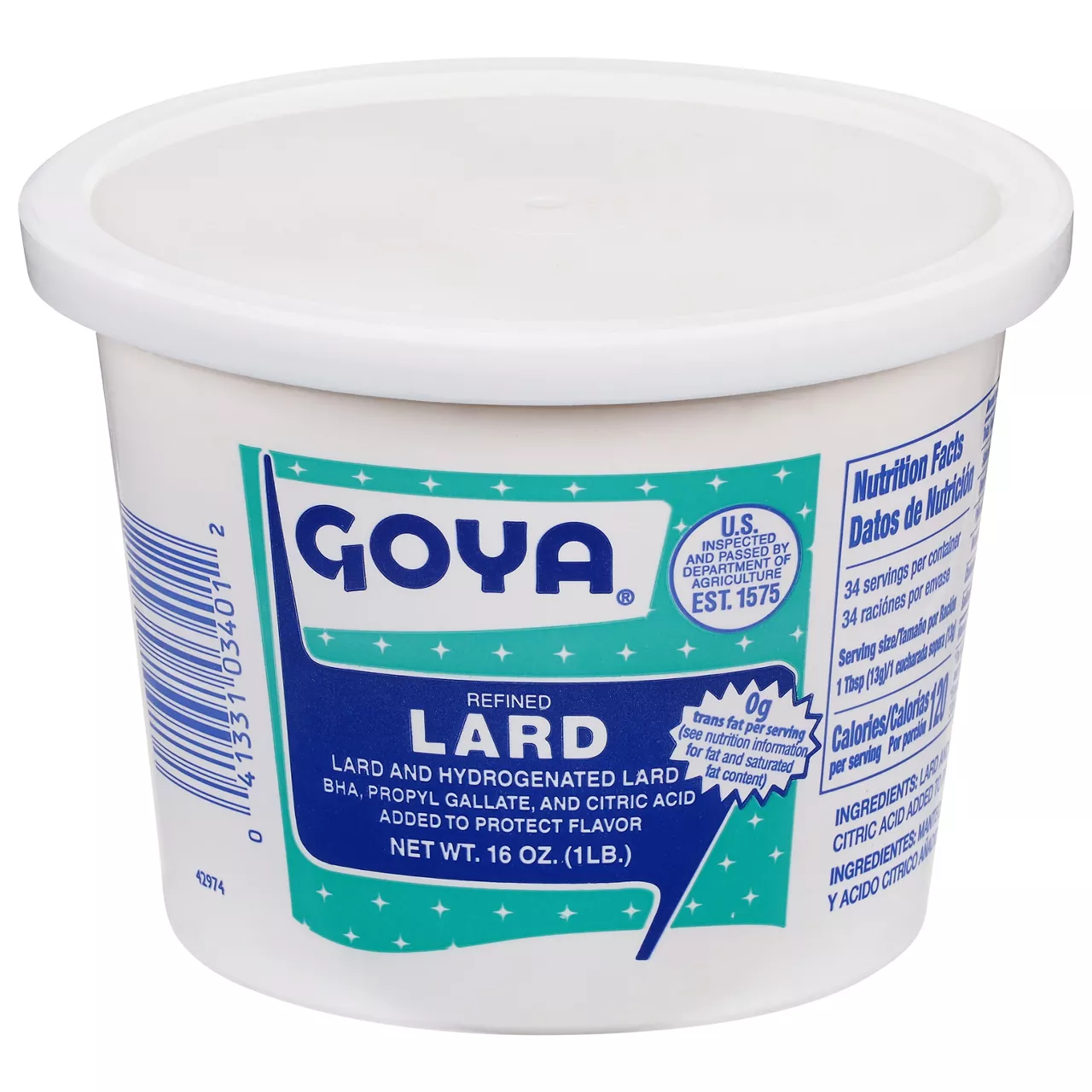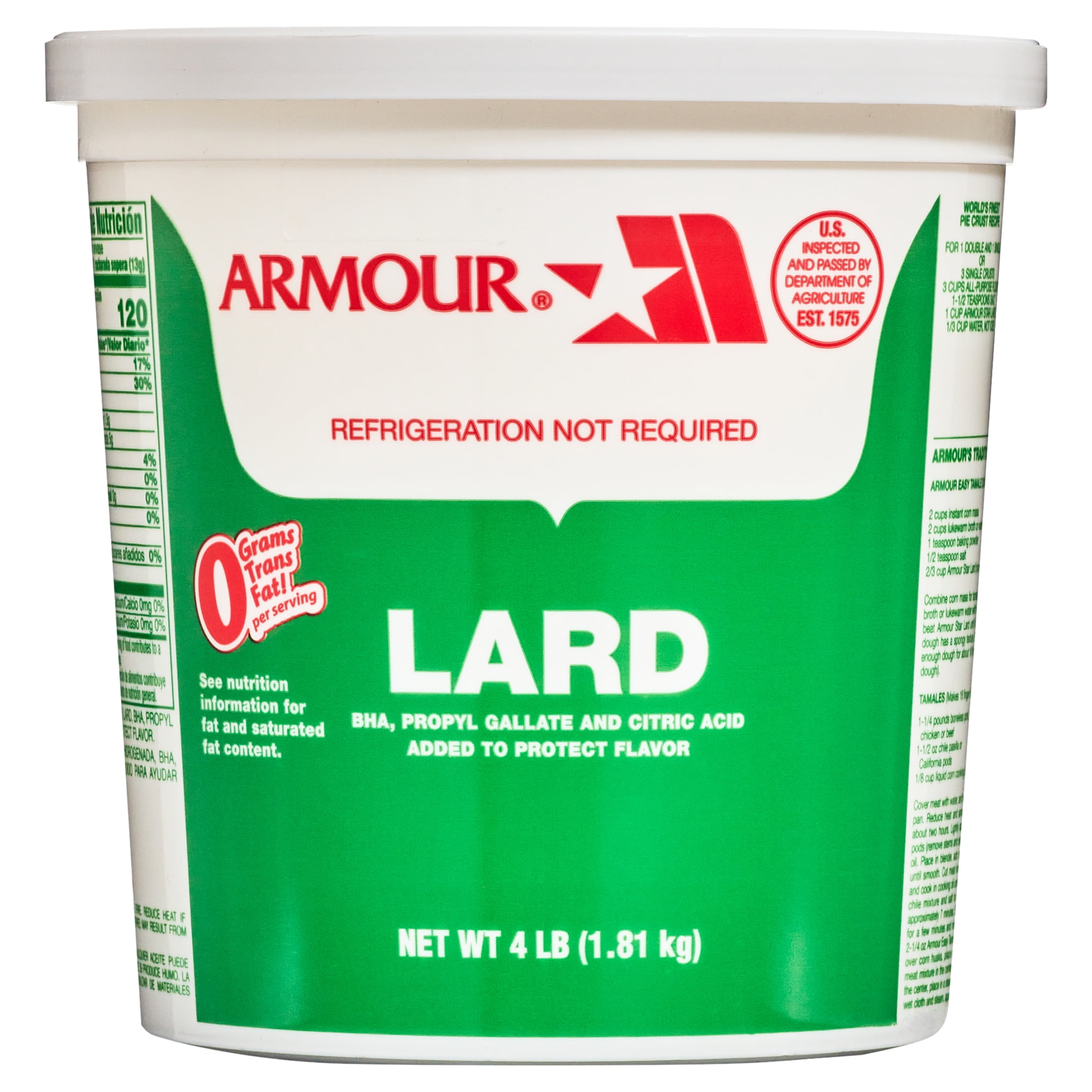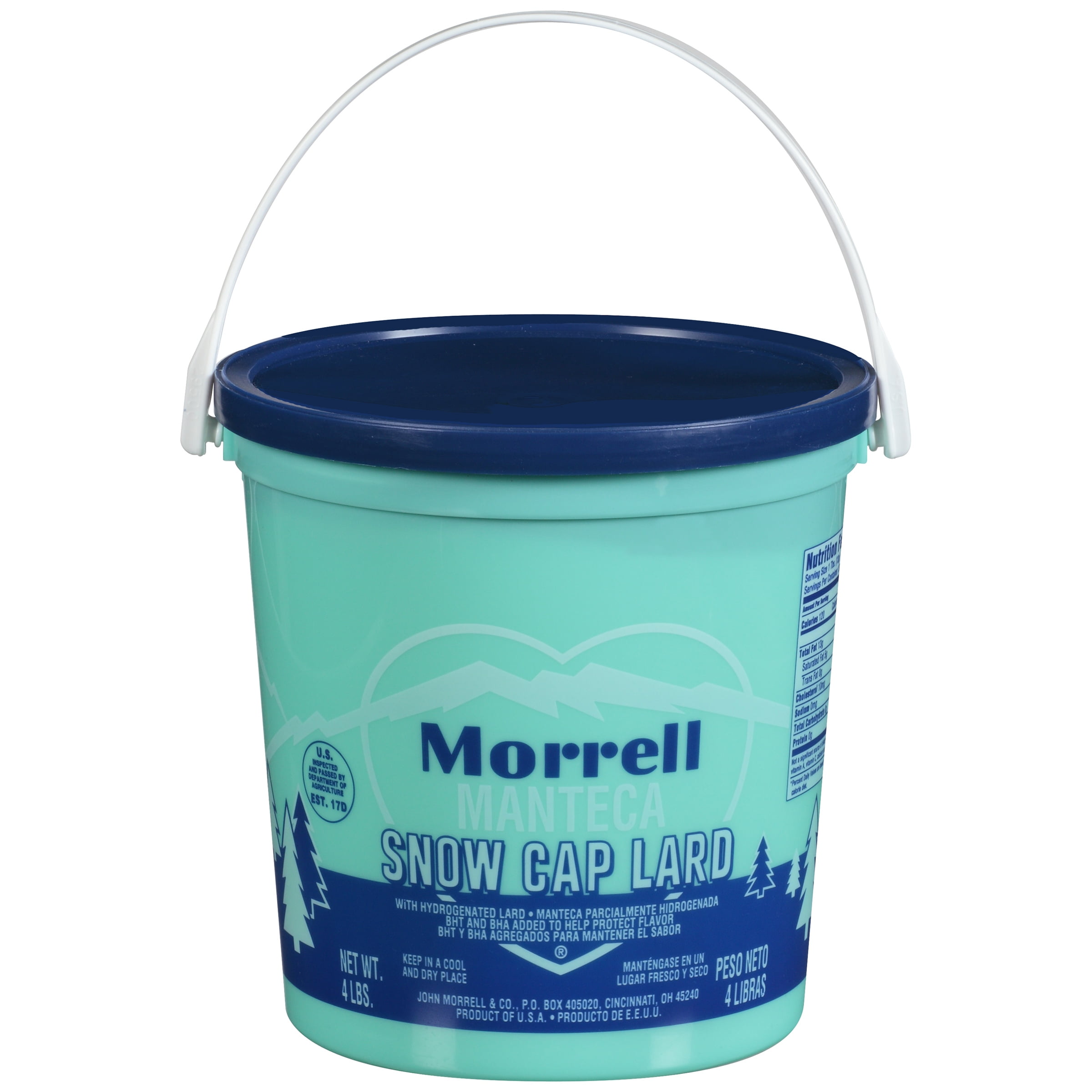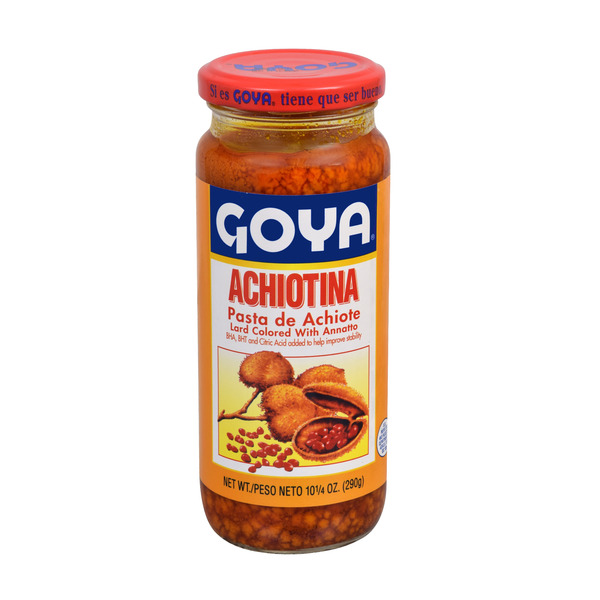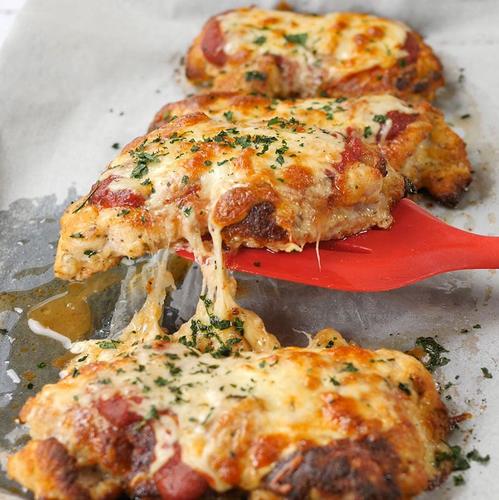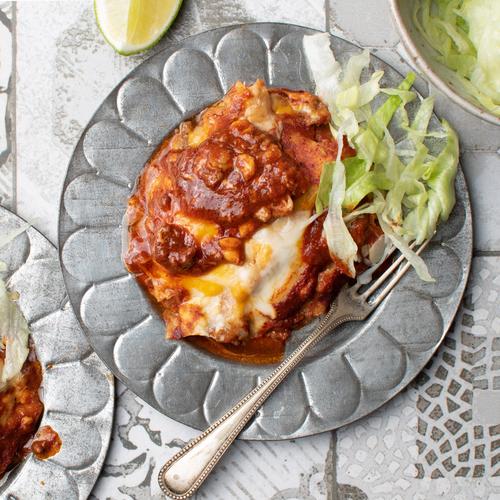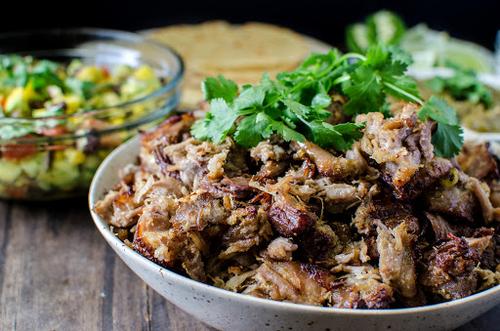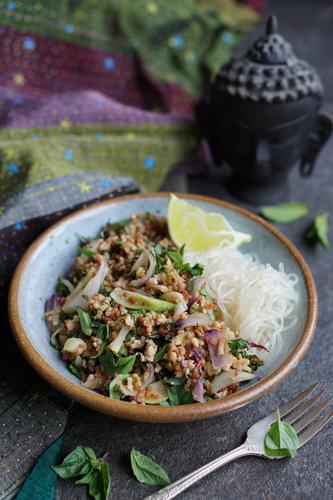BREADS
DESSERTS
MAIN DISHES
Lard
Lard is a type of animal fat derived from the fatty tissues of pigs. It has been traditionally used in various cuisines for cooking and baking due to its high smoke point and the rich, savory flavor it imparts to food. A versatile ingredient, lard can be used for frying, sautéing, and baking, making it a popular choice for pastries, pie crusts, and savory dishes.
Lard is typically categorized as either rendered or unrendered. Rendered lard has been melted and strained to remove impurities, while unrendered lard is raw and unprocessed. It is essential to store it in a cool, dark place or refrigerated to maintain its quality and shelf life.
0%
CARBS
100%
FAT
0%
PROTEIN
131 Lard Products
Used In 15 Recipes
7
Keto Chicken Parmigiana
4
Pork tenderloin medallions with apples and onions
Coq Au Vin
25
Easy One-Pot Chicken Tinga Recipe
1
1-Pot Cheesy Ground Beef Enchiladas
1
Tequila Braised Slow Roasted Pork Carnitas (Oven Roasted Carnitas)
1
Melt in Your Mouth Pie Crust
Thai-Inspired Pork Salad
Lard Is Frequently Used With
Lard FAQ
Lard, although often thought of as unhealthy, can be a valuable ingredient in your cooking repertoire, if used correctly. It is particularly favorable for frying due to its high smoke point, and for baking, thanks to the flakiness it can add to pastries. However, many people question its health aspects and are unsure of how to cook with it. The most common errors people make when using lard include using too much of it, not heating it properly, or using it for the wrong types of dishes.
To best utilize lard, it's apt to use it in moderation and to remember that its unique flavor can greatly enhance the taste of a dish. As such, it's best paired with ingredients or dishes that complement its rich, savory profile. It's particularly established as an ideal fat for making flaky, delicious pie crusts. Another lesser-known tip is to incorporate a bit of it into vegetable dishes; this can help in absorbing the fat-soluble vitamins present in those vegetables.
Is lard healthier than butter or oil?
Can lard be used interchangeably with butter or oil in recipes?
Is lard suitable for vegetarians and vegans?
What is the smoke point of lard?
Does lard change the taste of food?
Why is lard used in pie crusts?
Why is lard often used in Mexican cooking?
Would using lard in a recipe make it taste 'porky'?
How much lard should I use to substitute for butter in baking?
What is 'leaf lard' and how is it different from regular lard?
Expiration & Storage Tips
When does lard expire?
Unopened, lard can last up to a year in the pantry and it will last for an additional year if refrigerated. Once opened, lard should be used within six months if kept in the pantry or within a year if refrigerated. It can be frozen for up to three years. Note that the 'best by' date printed on the package can be a guideline, but the freshness and quality of lard is best determined through smell and visual examination.
How do you tell if lard is bad?
Lard that has gone bad will have an off smell, similar to that of stale, spoiled meat. It may also have a rancid or sour smell. In terms of appearance, lard that has gone bad may have a grayish color or moldy spots. It may also have an unusual or unpleasant taste.
Tips for storing lard to extend shelf life
• Place the lard in the refrigerator right after it's used and get it back out only when needed. \n\n• Given that lard can absorb odor from other foods, it's best to store it in a tightly sealed container to prevent any contamination. \n\n• If you have a large quantity of lard, consider dividing it into smaller, usable portions and freezing it in small airtight containers or zipped bags. Thaw it in the refrigerator before use. \n\n• Do not refreeze the lard after thawing as it may affect the quality and the flavor.
EXPIRES WITHIN
12 - 18
MONTHS
Substitutes

Butter Flavor Shortening

Shortening

Vegetable Oil

Pork Back Fat

Tallow
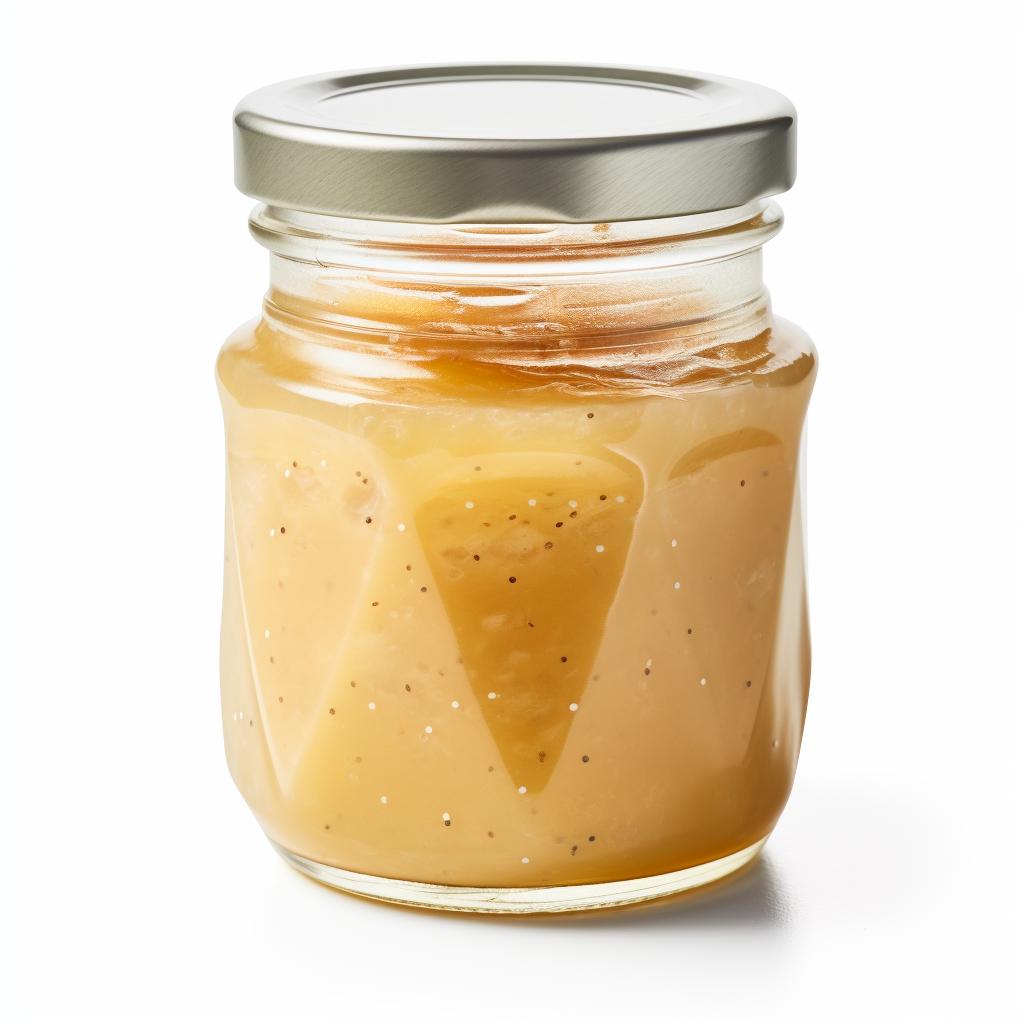
Chicken Fat

Turkey Fat

Duck Fat

Coconut Oil

Cooking Oil
See All
Health Info
Macros
0g
CARBS
14g
FAT
0g
PROTEIN
Allowed on these diets
LOW FAT
HIGH CALCIUM
KETO
PALEO
MEDITERRANEAN
LOW CARB
LACTOSE FREE
GLUTEN FREE

